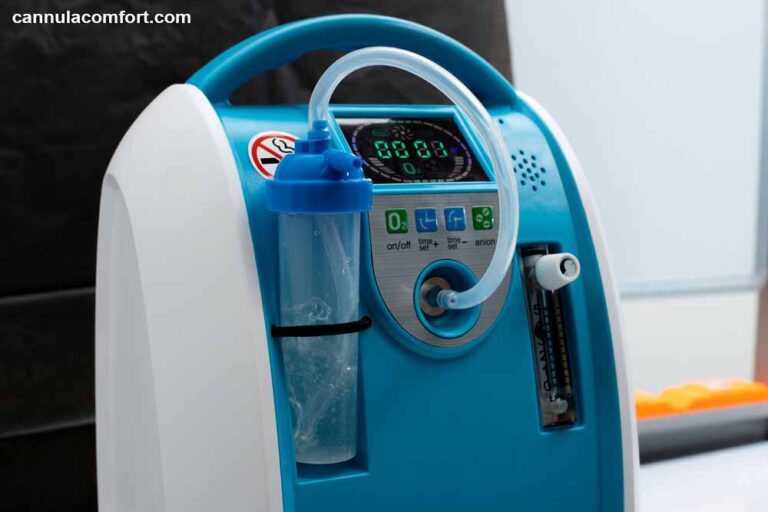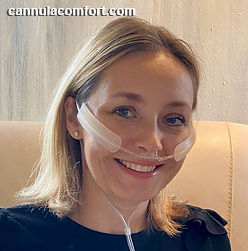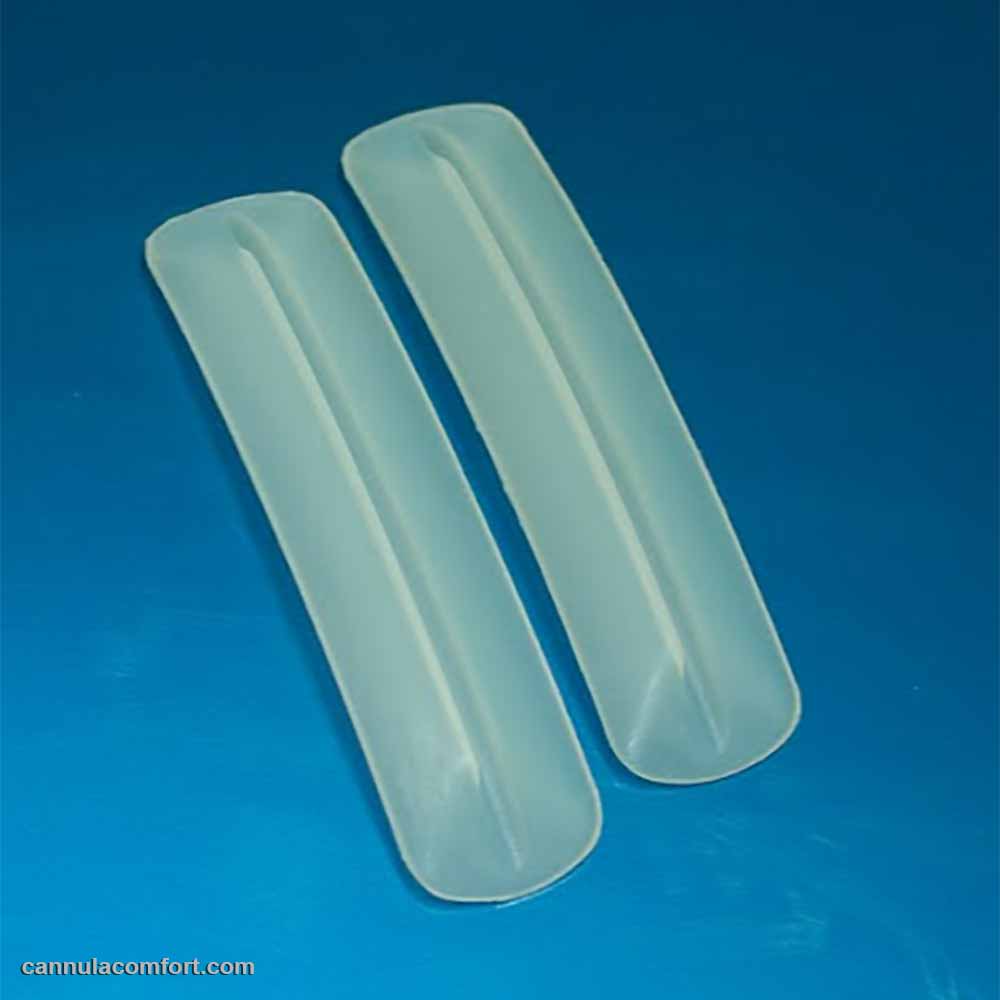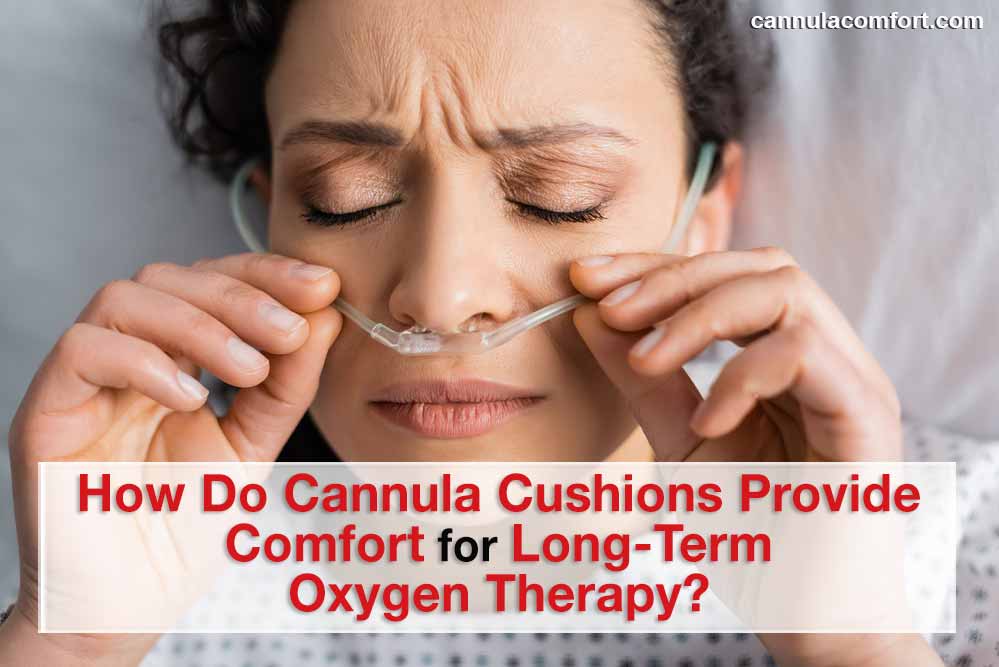
Overview
Supplemental oxygen is a treatment that relieves patients with oxygen deficit conditions. The oxygen levels in the blood can decrease due to complications of respiratory diseases such as COPD (Chronic Obstructive Pulmonary Disease), Asthma exacerbation, and respiratory tract infections such as pneumonia and tuberculosis.
Long-term oxygen therapy requires extended usage of a nasal cannula, which can cause creases and skin irritations. Nasal cannula padding can provide comfort by protecting the face against skin irritation and creases caused by pressure from oxygen tubing.
Excessive and persistent oxygen depletion causes a life-threatening condition called “Hypoxia.” Hypoxia is typically a low level of oxygen in the blood, and by association, in organs and body tissues. In vital organs, hypoxia poses the highest risk, especially to the brain and heart.

Conditions that require oxygen therapy
You may need oxygen therapy if you have a condition that causes low blood oxygen, such as:
1- Covid Pneumonia
In cases of severely ill Covid patients, oxygen therapy is required to correct hypoxemia with close monitoring of blood oxygen levels.
The goal of oxygen supplementation in cases of hypoxemia due to covid pneumonia is to maintain oxygen levels between 92% to 96%. This treatment approach prevents complications associated with hypoxemia.
The type of oxygen therapy is determined by the extent of hypoxemia, the SPO2, and other considerations.
2- Chronic Obstructive Pulmonary Disease (COPD)
Patients with COPD experience frequent events of heavy breathing due to the narrowing of the respiratory airway. These events often come with cough, shortness of breath, and wheezing. COPD can significantly alter activities of daily living and tasks that require physical activity.
COPD treatment aims to relieve the chronic shortness of breath and decrease the condition’s progression. However, monitoring oxygen levels is necessary when oxygen therapy intervention is needed.
Long-term Oxygen Therapy effectiveness in COPD patients
Long-term oxygen therapy (LTOT) is a treatment that has been shown to improve survival in individuals with chronic obstructive pulmonary disease (COPD) who have chronic respiratory failure. Long-term oxygen therapy minimizes hospitalizations, boosts effort capacity, and improves health-related quality of life.
Oxygen tubing padding usage
The nasal tubing padding can provide significant relief for patients with COPD who require long term oxygen therapy. The cannula tubing pads offer comfort for the patient during the long-term application of oxygen, reaching 18 hours in some cases.
3- Acute Asthma
An asthma attack is a sudden worsening of existing asthma symptoms caused by bronchospasm. Bronchospasm is typically a tightening condition in the muscles of the airways.
Symptoms of an asthma attack:
- Tightness and pressure in the chest
- Heavy and rapid breathing
- Wheezing during inhale and exhale
- Persistent cough
- Pale face with blue fingernails and lips may indicate hypoxia.
During an episode of an asthma attack, swelling and inflammation of the respiratory airways worsen the existing tightening of the airways. With the concurrence of mucus production, the asthmatic patient can experience an emergency that requires immediate medical intervention.
Oxygen therapy can help prevent severe complications of an asthma attack. Additionally, it can decrease shortness of breath and increase energy levels in asthmatic patients.

Oxygen delivery equipment
Oxygen equipment must fit a patient’s lifestyle and allow them to be as self-sufficient as feasible. It is available as concentrators, cylinders, and liquid oxygen. Concentrators are the most often used LTOT delivery equipment. An oxygen concentrator is an electric device that takes ambient air and filters it, removing nitrogen to give concentrated oxygen via a mask or nasal cannula. Companies that provide oxygen install and maintain these concentrators.
How does cannula cushion padding relieve the long-term usage of oxygen therapy?
During long-term oxygen therapy, the cannula cushion padding is designed to protect the face skin against creases. The cushion padding offers oxygen tube support, prevents tube collapse and roll, and allows patients to sleep comfortably while using an oxygen cannula and wake up without deep and painful impressions on their cheeks.


Our Solution
Dravon Medical recognizes the growing demand for nasal cannula usage caused by various factors such as dyspnoea, asthma, and COPD. Patients who require long-term oxygen delivery using a nasal cannula may experience skin discomfort, deep lines, and grooves.
Dravon Medical provides Cannula Comfort Cushions to address this issue by adding a skin-friendly cushion that allows patients to comfortably use the oxygen tubing for extended periods without pain or irritation. Contact us today!

